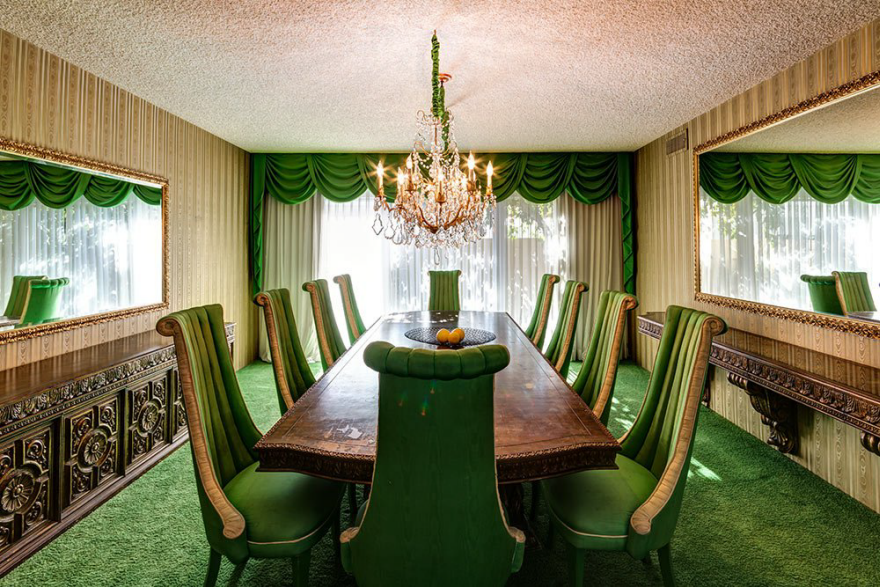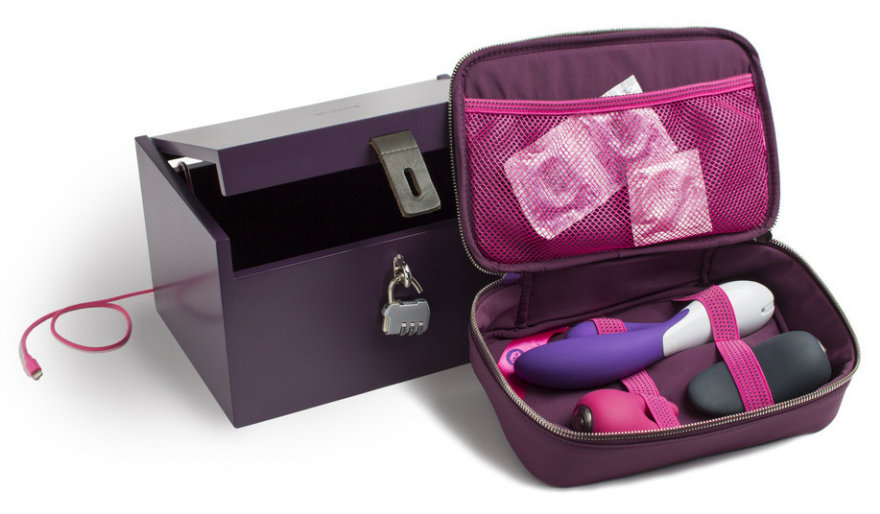Ed Stubbs caught up with Carlos Salaff, founder of Salaff cars, to get an update on the progress of his visceral supercar vision, Caden.
Core77: With the exterior design frozen you're into the interior refinement stage. Can you talk about the 'authentic' feel that you're targeting…
Carlos Salaff: Absolutely—I admire Pagani's interiors for their materials and the artistic form that he creates. You know, even in high end luxury cars there's a lot of plastic, so when I see the interior of the Huayra for example, it's stunning, high-quality, there are real materials...it's honest.
I'm also after minimalism and artistry. The switchgear is centrally placed around the driver's hands, with two banks of toggle switches on each side.
Metal toggle switch banks?
Yes, aluminum with etched graphics, something lasting, and that gives a weight to the components…a substance to each piece. Every component is there for a specific reason and it's built to last. We've got used to the tactility of plastics, even well engineered plastics, but you can feel the coldness of metal, the warmth of leather, and that's the honesty of materials that I'm striving for with Caden.
So how are you finding working on the 'unsexy' stuff, door handles and the like?
I'm 3D printing the prototype parts in ABS—the main instrumentation and interior features, air-vents that turn into a bank of switches. But ultimately all of the interior components will be milled from solid-billet aluminum for a timeless look and feel.
And the rest of the interior, how's that progressing?
The interior detail is a blast! Instrumentation, the gauges, the fonts even...they say so much, it's a sub-detail that supports the overall theme. With the seats I have composite racing shells, which I'm going to create a saddle-like wrap over, and part of the seats will be exposed. I'm after a tailored, durable look that looks better with aging…that honesty theme again! The design features selectively placed pads for pure function, and they let the machinery, the bones of the seat show through.
And that's the same for the suspension, that'll be visible from the interior, as will the vent ducting – kinda like industrial architecture, letting the bones be part of the artistry.
Sounds raw?
Yeah, It's that raw feeling of an Ariel Atom but it's covered, and that needs to look intentional with each piece working in harmony, aesthetically and functionally. It needs to be considered and intentional. I sometimes think of it as some kind of humanoid robot—elements that are organic, shaped like a human body, but you see the workings, the wires and the cabling behind.
What's the timeframe for the prototype?
Exterior design freeze was January 2015, we're working through chassis and suspension development now and the interior. Powertrain and transmission assemblies are being developed. So I'm hoping to have the rolling prototype by around October 2016.
You have two back-end design themes—how do you decide your design direction—are you using any customer clinic work or do you go on gut-instinct?
100% gut instinct! I'm going for the cleaner option, it lets the surfaces breath; possibly not the most 'of the moment' direction but it's a more timeless feel.
As a designer there's always that temptation to look back at your work and think you could have done it differently, done it better—but with Caden there's a lot at stake, and you have to commit at some point to build it.
I think I've had the luxury of waiting a little bit longer and trying more variations than I would have done in a design studio, where there's a program schedule. Obviously I have one too, and I've tried many different design variations, and I can keep coming back to my studio and seeing it again and again. And you know inside almost spiritually if it's 'the one'—and at some point you look at it and you know it's done, you just know. I have to get really excited about it to be happy with the design. I see this as an artistic venture, a living sculpture, something artistic. On the other hand I have to build this! So I have to finish things, refine them, work with my team. It's that balance, but my feelings are driven by my artistic vision.
And are you able to step back from the build process at any point and just see the car with fresh eyes?
I always think I hope it's as cool as it looks in my head! It's a work in progress…always striving to make the surfaces sing, the stance look right. I want to keep most of the body in brushed raw finish, a semi-polished aluminum. I picture this very jewel-like lustre, something like a 1930's Auto-Union, then for the areas where the air travels through the car I'm picturing a high-gloss red, or a bright blue, a yellow: it's something that could be tailored to the customer.
We talk about scenarios with our design students to put the design into a wider context; who is your target customer?
I picture someone who loves vintage racing and sports cars, maybe has a collection already, who appreciates authenticity, the way those older cars were made, the honesty of the materials, and the experience of a very direct and connected driving experience. And who wants a more progressive machine with those same qualities. Maybe they have a group C car in the garage! Someone who laments the demise of the manual transmission, who appreciates it's not all about the numbers...you know milliseconds around a track doesn't make a car great. Caden is designed to take you to a joyful place, to make you forget about your troubles. It's about the experience and the joy of driving.
You're using an existing engine—what kind of performance specs are you aiming for with Caden?
Because it's so mechanically simple: a manual steering rack for instance means that this is a light car with a stable roll-center and center of gravity. So it's in the region of 1000kgs-1200kgs, and the engine stock is at 500PS, so it'll be fast. It's not about raw numbers though—what interests me more is the view out of the windshield, what it sounds like, the sense of acceleration, and the drama of driving. Large car companies have a lot of pressure to go with the tide of technology, not necessarily because it adds to the driving experience, but it may be part of the brand image, or to stay with the expectations of the marketplace.
Did you consider Carbon-fibre for the tub?
Yes, again though, it's intentional to use aluminum. There's a lot of carbon chassis cars out there. I wanted a plastic-free car. There's something about metal, the feel, the history, the nostalgia that's part Sauber C9 and part Mustang P51. Raw metal—it's really a serious performance material. Essentially we're using construction techniques developed for WW2 aircraft. It's taking timeless experiential values and marrying them to a progressive design.
I designed Caden's surfaces with the material in mind..the way the fuselage flows, there's no sharp creases that break out. The bodyside of Caden is kind of a voluptuous shape, a simple shape. The sharpness is created by the openings, the tautness of the details.
I really love the Lockheed Martin SR71 blackbird, it has this shrink-wrapped surfacing over the cabin, the engines and the wing edges are totally chopped on purpose for aero function so I wanted a little of that contrast between the belly of Caden and these angular, dynamic elements.
And that was imagined in raw aluminum. The beauty of that surface makes you think of vintage bodysides, a sweet simple bodyside section. Those old racing cars, they were allowed to breathe—you know you can almost see the metal breathe through the paint!
![]() AutoUnion Streamliner 1937
AutoUnion Streamliner 1937It's that hand-formed connection to the human soul that goes into creating the panels. Instead of putting resin into a mold and compressing it, there's character that goes into it.
So there's that authenticity in every aspect of how the project has been created, from material choice to how it's being fabricated. Think back to the coachbuilders of the '50s, the artisans that built those cars—hammering panels by hand over tree stumps, putting their soul into the machine. That's what Caden is aiming to capture, but in a unique and progressive way.
![]()































































































































